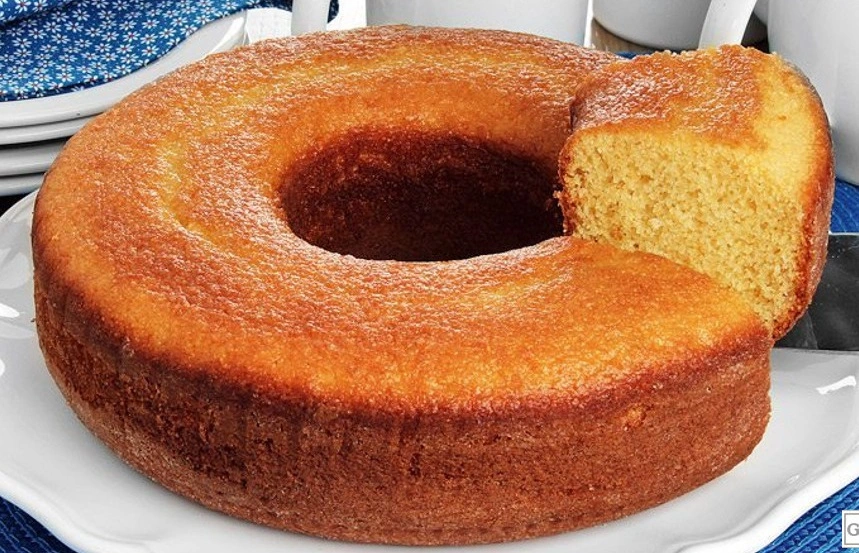Introduction to Bolo recipe
The term “bolo” has various meanings and cultural significance depending on the context. In some cultures, “bolo recipe” refers to a type of cake, while in others, it denotes a traditional machete used in agriculture and warfare. Additionally, “BOLO” is an acronym widely recognized in law enforcement. This article explores the different interpretations of “bolo” across cultures and contexts.
Bolo as a Cake
1. The Portuguese and Brazilian Bolo
In Portuguese and Brazilian cuisine, “bolo” refers to cake. These cakes are an essential part of celebrations, such as birthdays, weddings, and holidays. There are numerous types of “bolo recipe ,” each with unique ingredients, flavors, and preparation methods. Some popular examples include:
- Bolo de Fubá: A traditional cornmeal cake that is soft and slightly sweet, often flavored with fennel seeds. It’s a popular treat during Brazilian festivals like Festa Junina.
- Bolo de Rolo: A unique cake from the Brazilian state of Pernambuco, made by rolling thin layers of cake with a sweet guava filling.
- Bolo de Cenoura: A Brazilian carrot cake known for its vibrant orange color, often topped with a chocolate glaze.
2. in Other Cultures
In other cultures, “bolo” might refer to specific cakes tied to local traditions:
- B. Rei: A traditional Portuguese Christmas cake that is round and topped with candied fruits, symbolizing the gifts of the Magi.
- B. de Mel: A dense, spiced cake from Madeira, Portugal, made with honey, nuts, and spices, similar to the flavors found in holiday desserts like pumpkin pie.
Bolo as a Machete
1. The B. Machete in the Philippines
In the Philippines, the “bolo” is a traditional machete used for various tasks, from farming to clearing vegetation and even as a weapon. The bolo machete has a distinctive shape, with a wider tip and a curved blade, making it particularly effective for cutting through dense materials.
2. Historical Significance
The bolo has a rich history in the Philippines, where it played a significant role during the Philippine Revolution against Spanish colonization. Filipino revolutionaries, known as “Katipuneros,” often used bolos as their primary weapon. The bolo continues to be an important symbol of resistance and independence in Filipino culture, much like the cultural significance of Filipino dishes in preserving heritage.
3. Types of Bolo Machetes
There are several types of bolo machetes, each designed for specific tasks:
- Itak: Used for cutting wood and clearing paths.
- Pinuti: A longer, thinner bolo often used for combat.
- Ginunting: A bolo with a unique shape, used by the Philippine Marine Corps.
Ingredients
- 1 cup cornmeal (fubá)
- 1 cup all-purpose flour
- 1 1/2 cups sugar
- 1/2 cup unsalted butter, melted
- 3 large eggs
- 1 cup milk
- 1 tablespoon baking powder
- 1/2 teaspoon salt
- 1/4 cup grated Parmesan cheese (optional)
- 1 tablespoon fennel seeds (optional)
Instructions Bolo recipe
1: Prepare the Oven and Baking Pan
- Preheat your oven to 350°F (175°C).
- Grease a 9-inch round or square cake pan and dust it with flour to prevent sticking.
2: Mix the Dry Ingredients
- In a large mixing bowl, combine the cornmeal, all-purpose flour, sugar, baking powder, and salt. Stir until well blended.
3: Mix the Wet Ingredients
- In a separate bowl, whisk together the melted butter, eggs, and milk until smooth.
4: Combine Wet and Dry Ingredients
- Gradually add the wet mixture to the dry ingredients, stirring continuously until the batter is smooth and free of lumps.
- If using, fold in the grated Parmesan cheese and fennel seeds for extra flavor.
5: Bake the Cake
- Pour the batter into the prepared cake pan.
- Place the pan in the preheated oven and bake for 35-40 minutes, or until a toothpick inserted into the center of the cake comes out clean.
6: Cool and Serve
- Remove the cake from the oven and let it cool in the pan for about 10 minutes.
- Transfer the cake to a wire rack to cool completely before serving.
Serving Suggestions
- Bolo de Fubá can be enjoyed plain or with a dusting of powdered sugar on top.
- It’s perfect with a cup of coffee or tea..
Cultural Impact and Modern Usage
The term it carries different meanings and significance across various cultures, reflecting its diverse applications. Whether it’s a delicious cake, a practical tool, or an important alert in law enforcement, it resonates in unique ways around the world.
1. Bolo in Modern Media
“Bolo” appears in various forms of media, showcasing its broad usage. Cooking shows and food blogs might feature recipes for it cakes, while historical documentaries might explore the use of the it machete in Filipino culture. For those interested in expanding their culinary repertoire, recipes featuring traditional ingredients often provide a gateway to exploring new flavors.
2. The Evolution of BOLO Alerts
With advancements in technology, BOLO alerts have evolved to become more efficient. Social media, mobile apps, and digital signage have all become tools for disseminating BOLO alerts quickly, much like how modern tools have enhanced cooking in the kitchen.
Conclusion
“Bolo” is a term with rich and varied meanings, from the sweetness of cakes in Portuguese-speaking countries to the sharpness of a machete in the Philippines, and the vigilance required in law enforcement. Understanding the different contexts in which “it is used allows us to appreciate its cultural and historical significance. Whether you’re enjoying a slice of bolo de cenoura, wielding a it machete, or staying alert with a BOLO, this term connects diverse aspects of life in fascinating ways.
